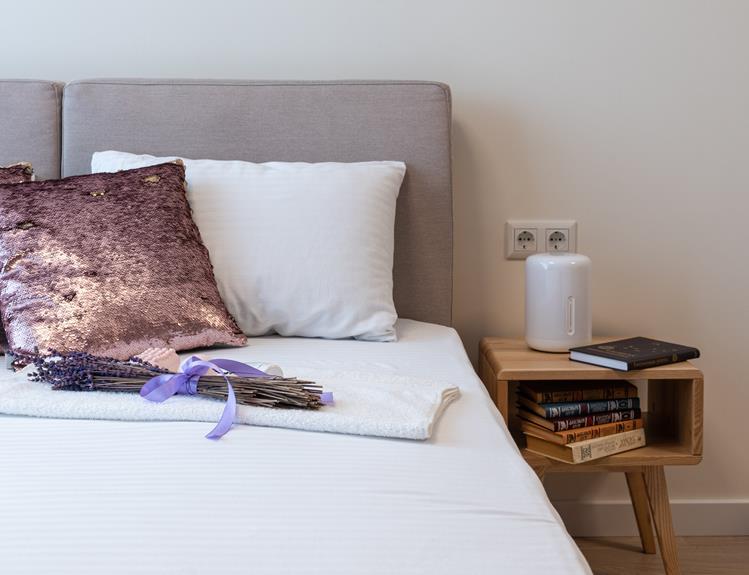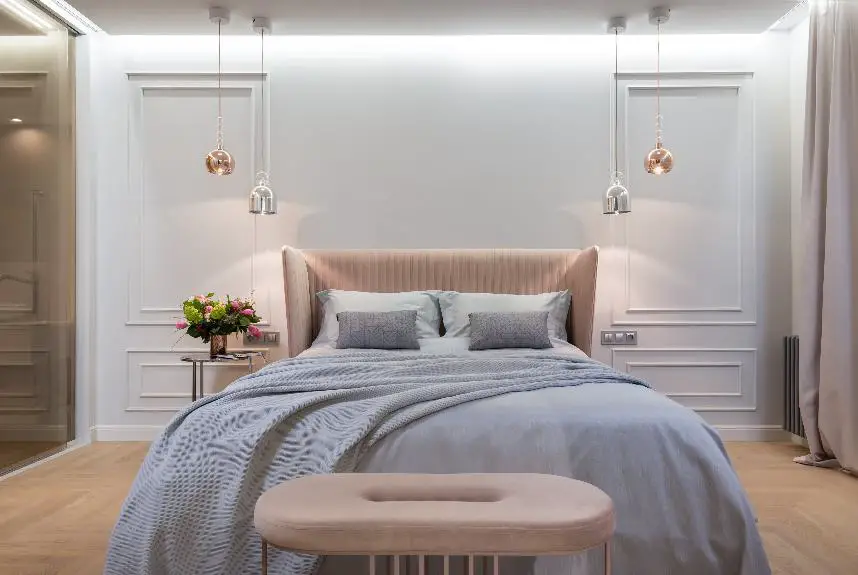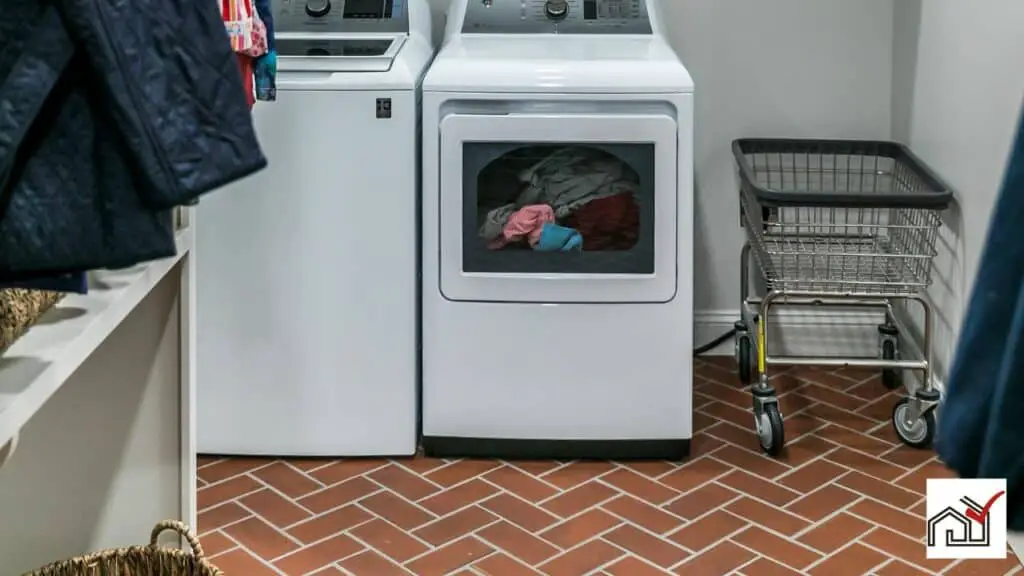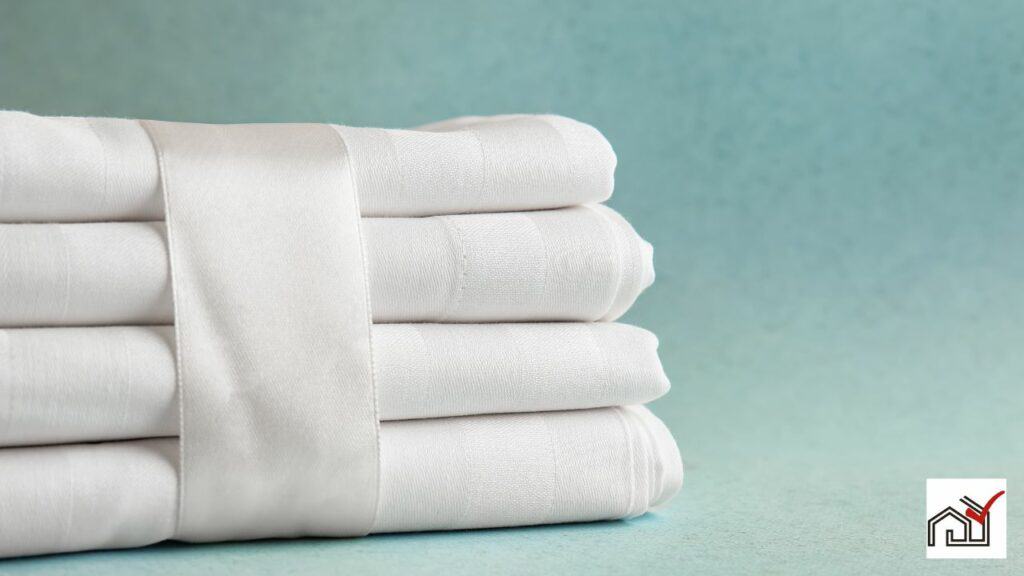Place your humidifier in the center of the bedroom for even humidity distribution and to allow for good air circulation.
Keep it at least three feet away from your bed to avoid too much moisture, which can be uncomfortable and unhealthy.
It's best to put the humidifier on a stable surface about two feet off the ground to prevent water damage.
Avoid placing it near windows or in direct sunlight to maintain its effectiveness and extend its life.
Regular maintenance of the humidifier will increase its benefits.
Assessing Ideal Placement
To find the best spot for a humidifier, consider the room's layout and furniture placement for even humidity distribution. Place the humidifier on a solid surface at least two feet above the ground to prevent moisture damage to floors and keep it out of reach from children and pets. Position it 3-5 feet away from your bed to avoid concentrated moisture in one area.
Keep the humidifier away from wall decorations, electronics, and air vents to avoid moisture damage and interference with humidity flow. Protect furniture by placing a towel or waterproof mat beneath the humidifier. Do not place the humidifier in direct sunlight to maintain its efficiency and extend its lifespan.
For steam vaporizers, ensure it is placed at a safe distance from sleeping or sitting areas to avoid burn risks. By considering these guidelines, your humidifier will effectively improve comfort and air quality in your bedroom.
Understanding Humidity Levels
Maintain indoor relative humidity levels below 50% to prevent the growth of biological contaminants, as advised by the Environmental Protection Agency. Proper humidity is essential for health and the structural integrity of your home. It helps avoid respiratory irritation from dry air and prevents mold growth from excessive moisture.
To monitor humidity, use a hygrometer. This will provide accurate moisture readings, allowing you to adjust your humidifier or dehumidifier use as needed. Overuse of a humidifier can lead to water damage and high humidity issues, so it's important to keep an eye on moisture levels.
If you notice condensation on windows, walls, or decor, this suggests high humidity, and you may need to use your humidifier less or switch to a smaller unit. Conversely, if the air is dry and humidity is below the EPA's recommended level, using a humidifier can make the air more comfortable and improve air quality.
Effective humidity management is key to a healthier living space and preventing damage from improper moisture levels.
Protecting Bedroom Surfaces
Protect bedroom surfaces by placing a humidifier on a stable, flat surface with a towel or tray underneath to catch leaks.
Prioritize protecting surfaces from moisture when choosing a humidifier location to avoid damage and expensive repairs.
Consider the susceptibility of materials like wood to water damage and place a protective layer between the humidifier and wooden surfaces. Keep the humidifier away from the bed to prevent mold growth and ensure comfort.
Elevating the humidifier on a shelf or dresser can improve moisture distribution and protect surfaces beneath from water. Avoid placing it too high to prevent moisture from affecting walls or ceilings.
Maintain your humidifier by cleaning it regularly to prevent mineral or bacteria buildup, which could damage the device and the bedroom.
Follow these steps to ensure your bedroom's surfaces are protected while using a humidifier.
Maximizing Humidifier Efficiency
To maximize the efficiency of a humidifier in the bedroom, it should be placed strategically to maintain ideal humidity levels. The size of the room is important to consider; a large humidifier in a small room can create too much moisture, leading to mold, while in a larger room, the humidifier needs to be positioned to distribute moisture effectively.
The humidifier should be set away from the bed, at least a few feet, to prevent discomfort from direct moisture exposure and to avoid creating damp areas. It is also recommended to put the humidifier on an elevated surface, such as a table, to prevent moisture on the floor and improve air circulation. Placing a towel or waterproof mat under the humidifier can protect surfaces and contain spills.
Regular cleaning and following the manufacturer's instructions are crucial for the humidifier to work properly and sustain the right humidity levels in the bedroom.
Regular Maintenance and Safety
Regular maintenance and safety are crucial for using a bedroom humidifier. Clean the humidifier often to prevent mold and bacteria. Use distilled water instead of tap water to limit mineral buildup and air particle release.
To disinfect, use hydrogen peroxide or white vinegar. Always unplug the humidifier before cleaning to avoid electric shock. Clean the humidifier weekly or as per manufacturer guidelines.
Place the humidifier on a stable, water-resistant surface to avoid water damage. Regularly inspect for leaks. Change filters and wicks as necessary for optimal performance. When not in use, empty and dry the tank to prevent mold and bacteria growth.
Follow these instructions for safe and effective humidifier use.





